Northern Section
To be held at Trinity Methodist Church, Trinity Road, Sale, Cheshire, M33 3ED at 7.30pm, unless otherwise stated
Return to current year
Meetings - 2023
Horological Ephemera (December 2023)
Our theme for the December meeting was horological ephemera. Members brought in a variety of items, including albums of turret clock photographs; old auction catalogues, but also a very recent one of Gould’s ephemera; the complete service history of a deck watch and the watch itself; newspaper cuttings concerning one of our members as a teenager who had mended clocks for friends and one about the BHI’s Millennium clock; a watch movement which had been consigned to the scrap box; and an early example of recycling of a clock component which had also been regarded as scrap.
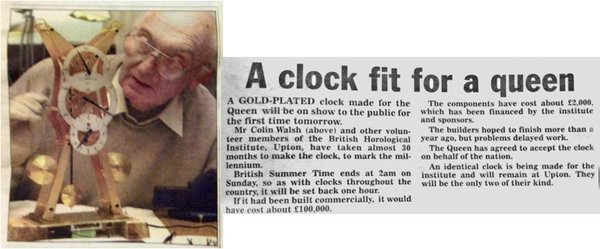

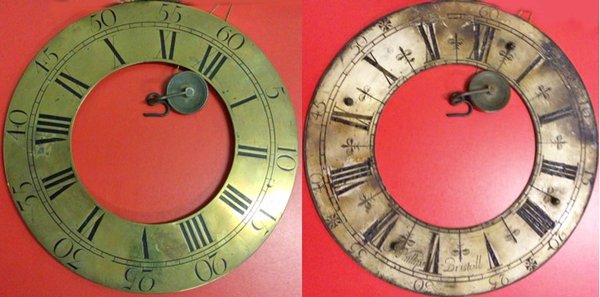
Bring and Discuss (November 2023)
Amongst items brought in for discussion were an eighteenth century table clock, pocket watches and several items relating to electrical time distribution systems.
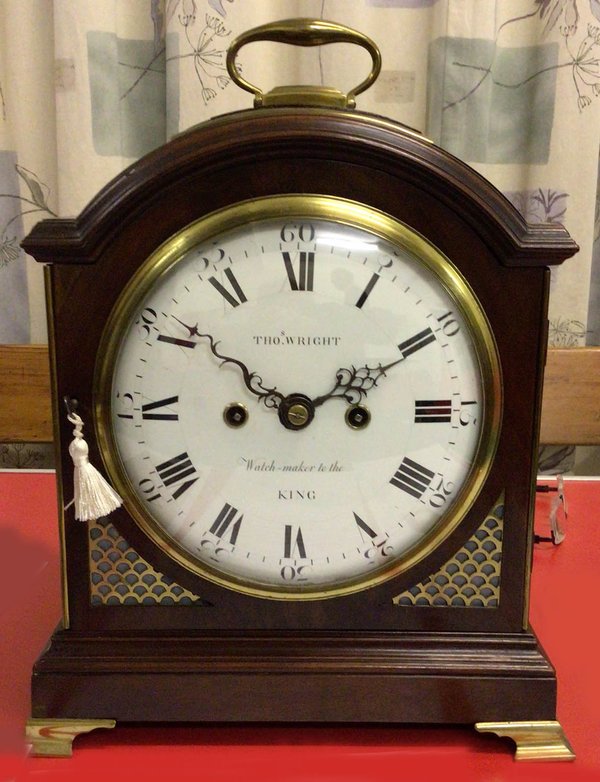
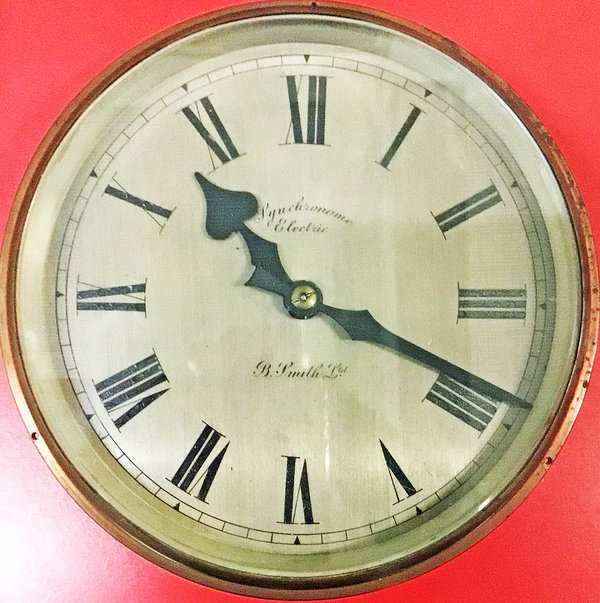
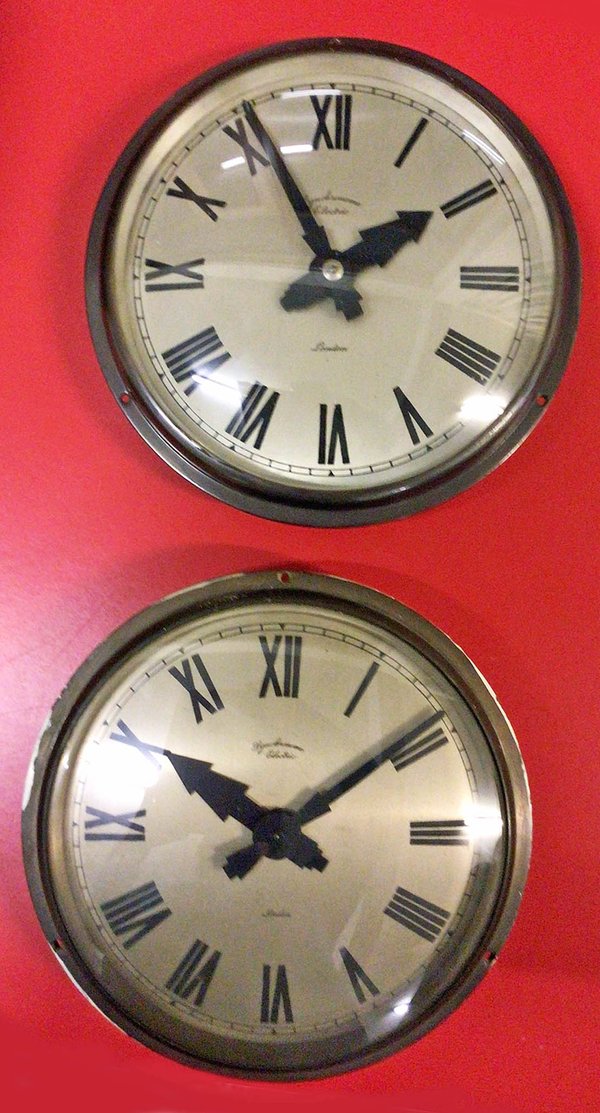
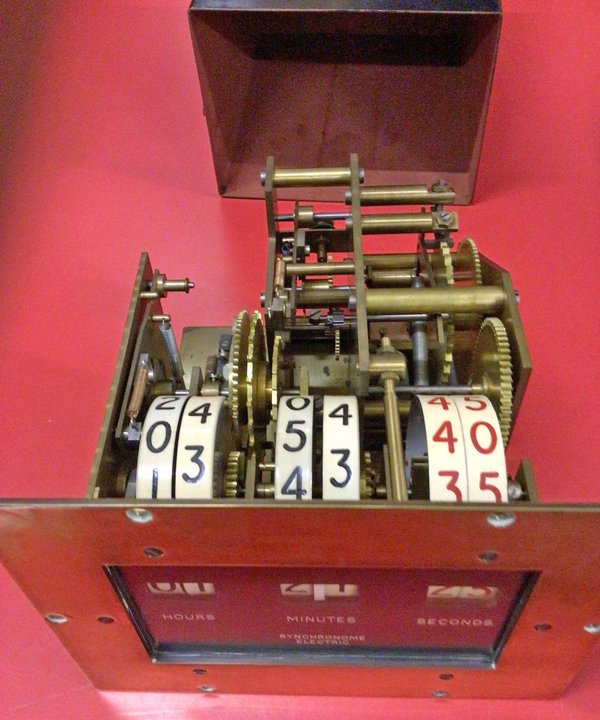
Clocks and Watches depicting historical events (October 2023)
A few members rose to this challenge and brought items for display and discussion. These comprised: a longcase dial, details of the BHI 150 years anniversary watch and their Millennium Clock, a commemorative wristwatch and numerous pocket watches, some made for railway use in several countries. The latter group represented a period rather than an event in history.
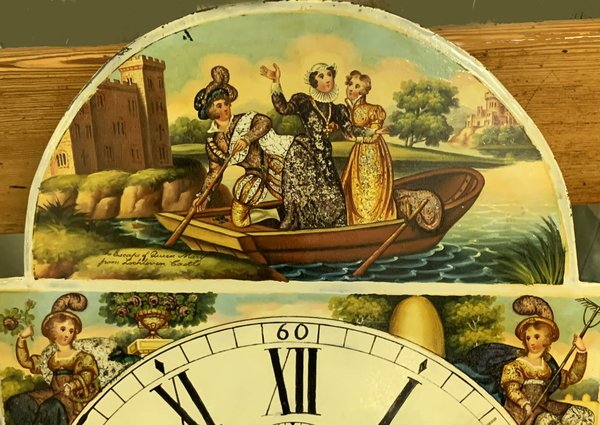


Winter’s Clock, Stockport (September 2023)
As the talk’s content was a summary of the article by S & D Thomas published in Antiquarian Horology in March and June 2023, only a selection of images is included here.
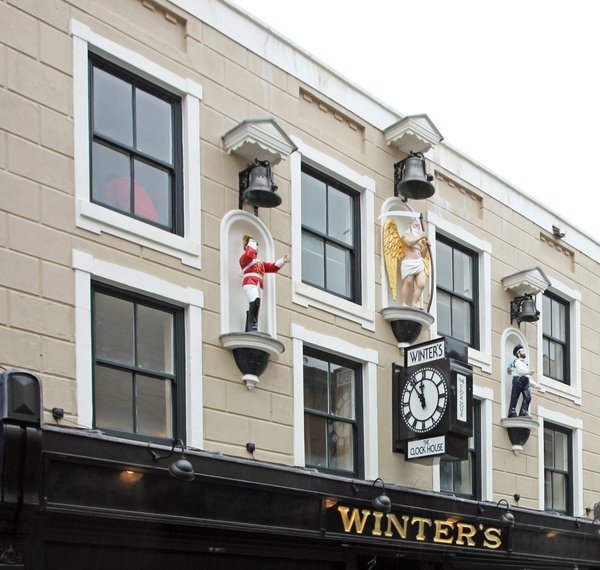
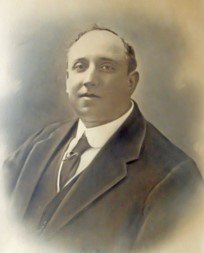



Visit to Museum of Timekeeping at BHI Upton Hall (August 2023)
Members of the Northern Section and some guests spent a wonderful day at the Museum of Timekeeping at the BHI, Upton Hall. The trip was organised by Jim Arnfield and members of his team were also present as guides and provided demonstrations and shared their knowledge during the day. We began with introductions from Jim Arnfield, and Chair of the Museum Trustees Alan Midleton. We were guided around some of the galleries and left free to explore others. Even the door to the storeroom was opened so we could peep inside.
Everyone agreed the day and been most enjoyable and our chairman Gary Burns offered our grateful thanks to Jim, his team and to the Museum for making us so welcome.
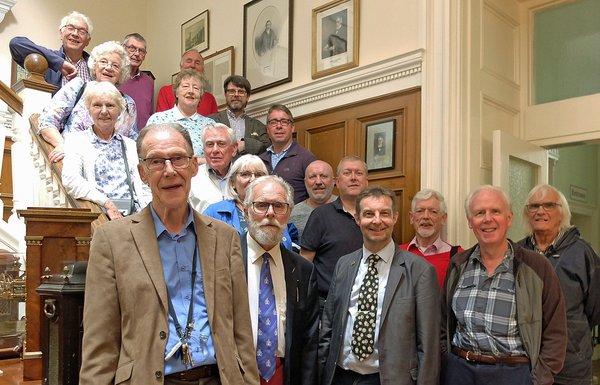
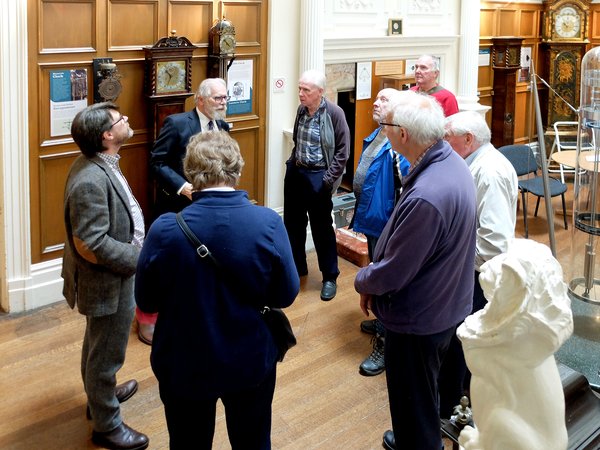
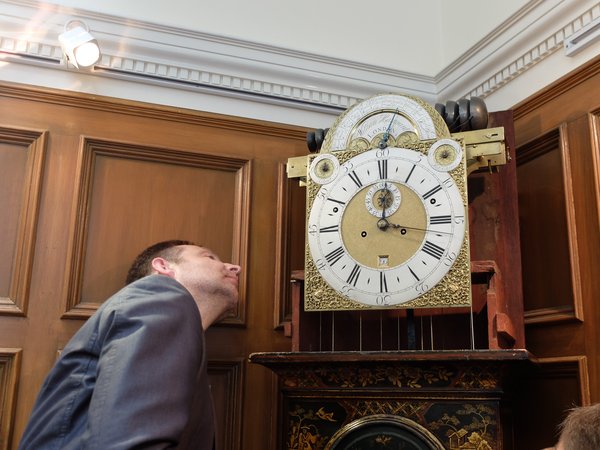
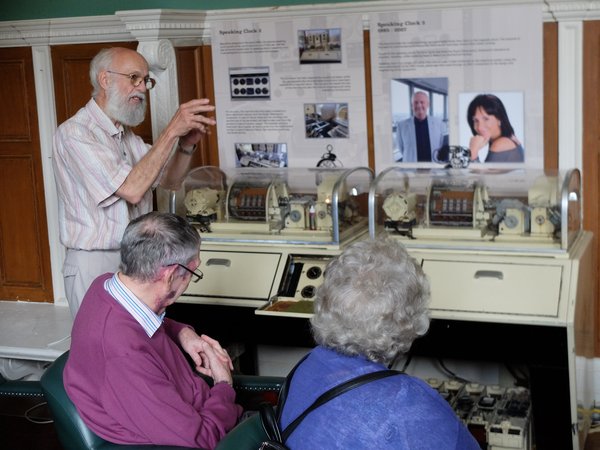
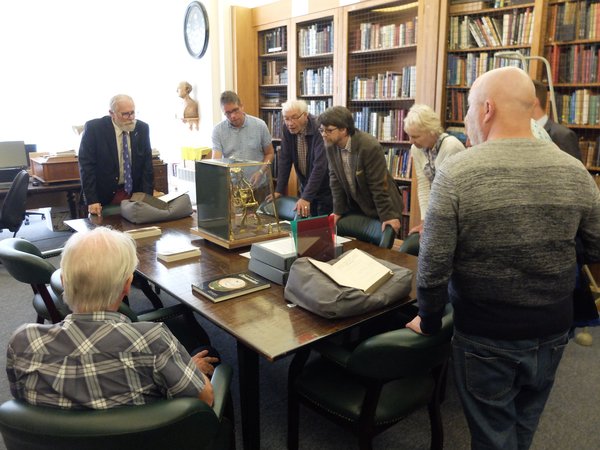
James Ferguson and his connection to the tidal clocks of Liverpool (June 2023)
Ferguson is known in horological circles for his complicated astronomical clocks with twenty-four hour dials and showing tidal information. He had been fascinated by horology and astronomy from a very early age but pursued a career in portraiture for many years before returning to his earlier interests in later life. He began lecturing on astronomy and the tides in London, wrote books and travelled England giving series’ of lectures on these subjects. Whilst in Liverpool, he designed his first tidal clock. It is recorded that a clock to this design was made but is now lost. Instead, images were shown of another clock made to the same design by Samuel Northcote of Plymouth. As Liverpool had already become a very busy port, but which had a large tidal range, knowledge of the tides was essential to anyone there with maritime interests. After Ferguson’s visits, many clocks with local tidal information were made in Liverpool, some following Ferguson’s idea of a rise-and-fall tidal plate, or developments from it including the tidal disc, see below. Images of clocks by makers such as Finney, Tarleton, Richards, Kaye, Aspinwall, Birtles and Wood were illustrated and their tidal features explained.
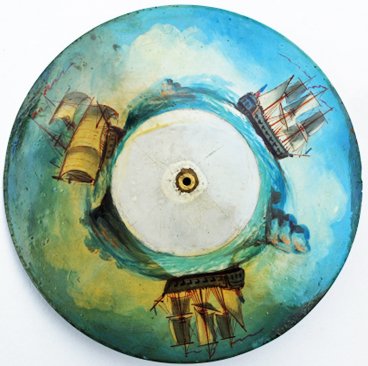
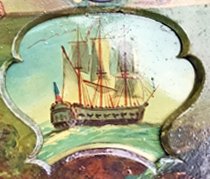
Lantern Clocks (April 2023)
A representative display of these clocks was brought to the April meeting comprising examples made during the seventeenth century from the first, second and third periods, followed by clocks from the eighteenth, nineteenth (not illustrated here) and twentieth centuries. The enduring appeal of this type of clock can be seen below.
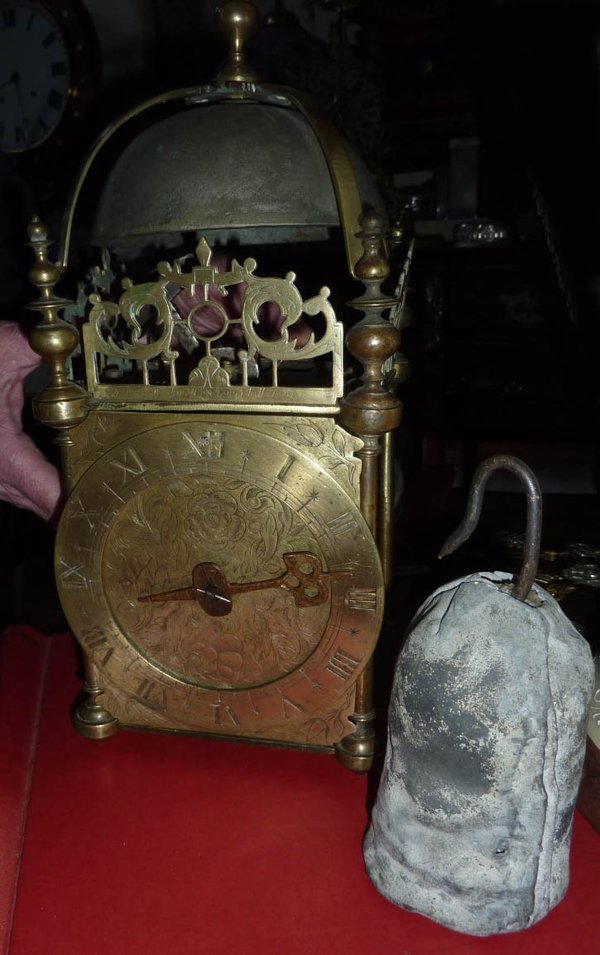
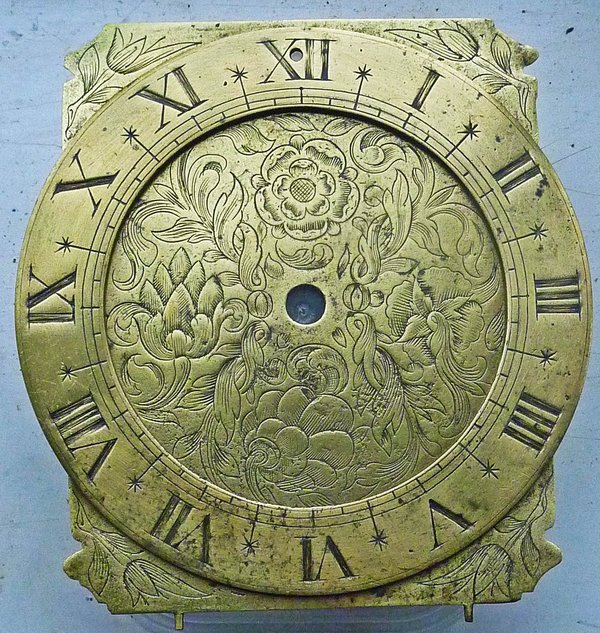



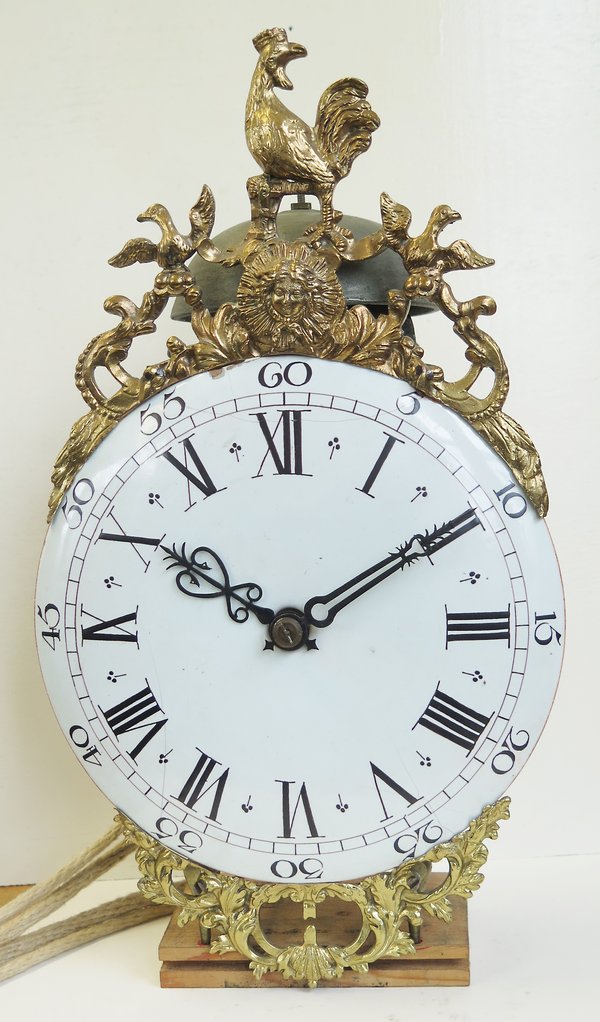
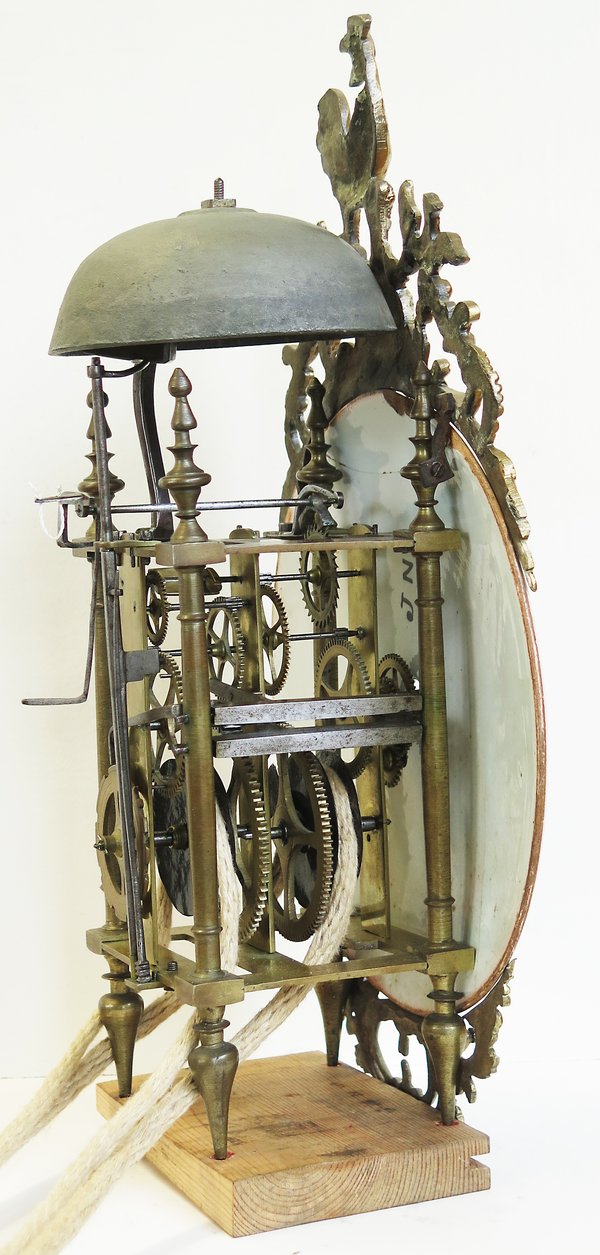
An example of a late nineteenth century lantern clock was shown, made by the Goldsmiths Company, 112 Regent Street, London. The twin fusee clock strikes the hours and ting tangs the quarters. It can be dated to the 1890s as it was given as a wedding gift in 1898. (No image)
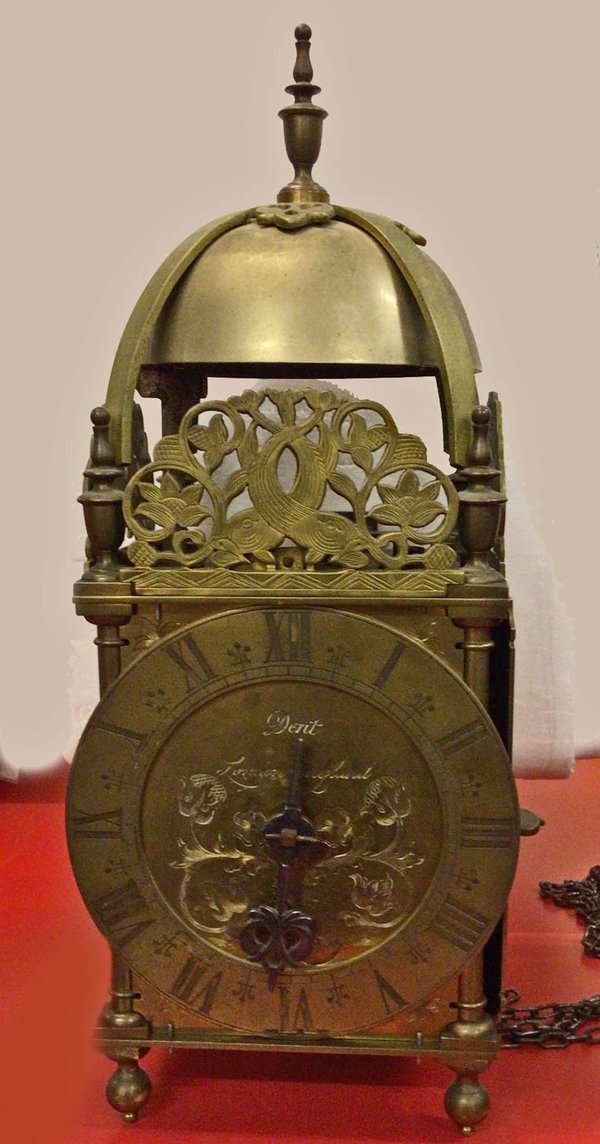

10-minute talks (March 2023)
Talk 1.
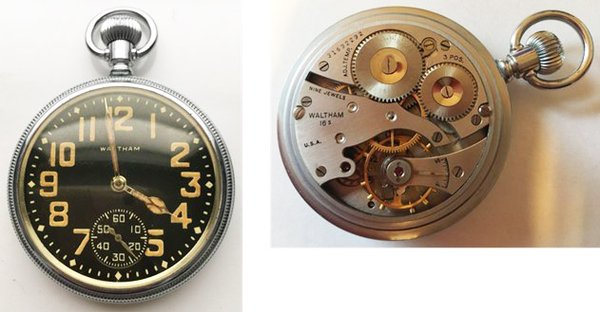
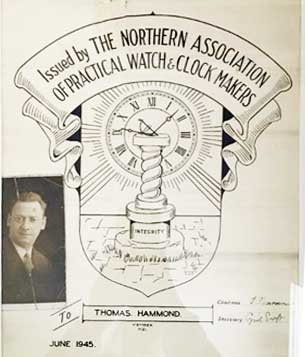
A Waltham, British army issue pocket watch dating to 1942 was accompanied by a membership certificate of the Northern Association of Practical Watch and Clockmakers. A descendant of the original owner is seeking information on this Association (which merged with the BHI in Manchester) and on a clock and repair business in Lever Street, Manchester run by an ancestor, Thomas Hammond, between 1945 and 1953.
Talk 2.
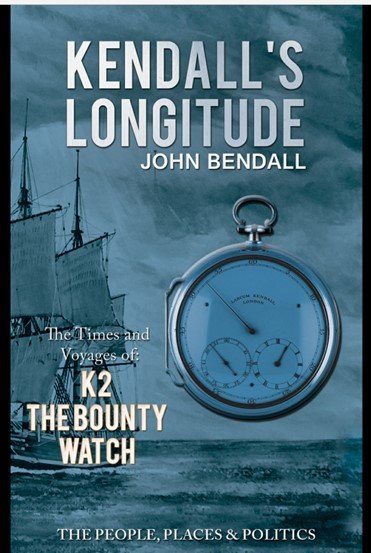
A summary of the book, Kendall’s Longitude by John Bendall which tells the amazing story of Larcum Kendall’s second chronometer watch which was a simplified version of Harrison’s H4. The watch survived a mission north of the Arctic Circle, two periods of conflict during the American War of Independence, surveying in uncharted waters, being lost to the Navy for 50 years following the mutiny on the Bounty, piracy, and its eventual return to British hands and repatriation to Britain following action in China in the first Opium War.
Talk 3.
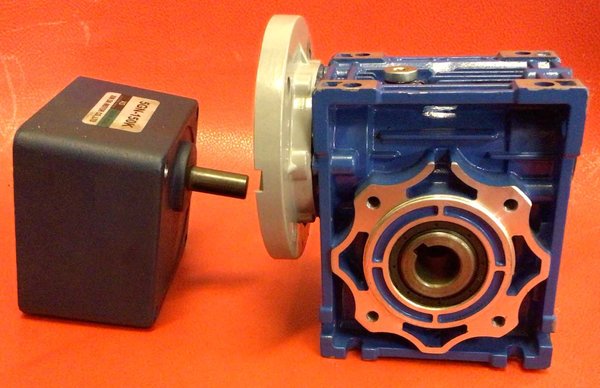
An update on the design, manufacture and testing of the lifting apparatus for the Prescot time ball. The first gearbox assembly (see image above) failed during the testing period, and it was found that a model with the incorrect output had been supplied. A replacement is now under test.
Talk 4.
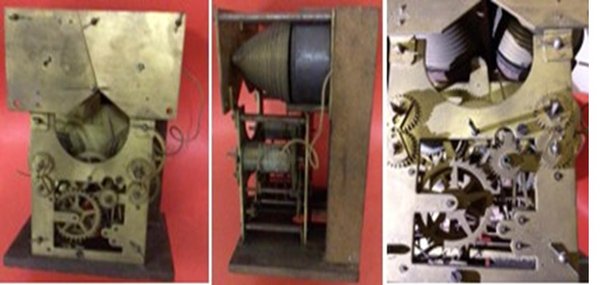
A member showed the movement of a rare, early Aaron Crane torsion clock which was lacking several important parts. The owner has a later version of the clock which is working which will provide a reference during its restoration. The clock’s fascinating ‘walking’ escapement and strike were also described.
Talk 5.
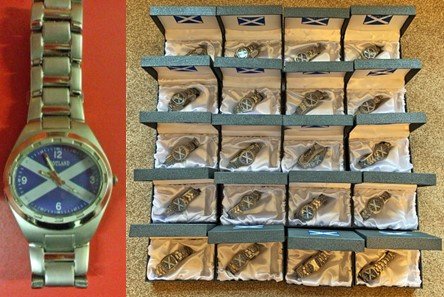
The story of an eBay bargain buy of twenty modern wristwatches, all unused and in their original boxes. These feature the Scottish saltire on their dials.
Talk 6.

The former stable buildings at Worden Park, Leyland have been restored recently. The final speaker told how he had restored the turret clock there in 1980 and that he has wound and maintained it ever since. He has had to ‘nurse’ the clock through the recent work which has involved cleaning the mechanism twice during the last few months!
Wartime Horology (February 2023)

Top row : left to right
Deck watch. WWll period marked with broad arrow. Swiss made.
Deck watch. WWl period marked with broad arrow. Dial signed John Lilley & Son, London.
Deck watch. WWll period by Waltham (USA).
Deck watch. WWll period with broad arrow. Dial signed Elgin (USA).
Second row : left to right
Deck watch. World War ll period with broad arrow. Signed by Hamilton (USA).
Deck watch : World War ll period with broad arrow. Signed Zenith. (Swiss made).
Wristwatch (on right): World War l period. This watch was described fully in AH December 2018 page 569. It belonged to a member of the Lowlands Field Ambulance of the Royal Army Medical Corps.
Bottom row : left to right - Aircraft watches.
Double chronometer with time of trip dial (for calculating fuel usage) and time of day dial. Used by RAF during WWll. The knob on the left was to set and wind, right knob = stop watch.
German chronometer. WWll period with stop watch for timing operations and turns up to 20 minutes.
Russian time of day clock dating to 1936.
British time of day clock with time of trip set by the red hands.
--0--0--0--
Not illustrated – we were also shown:
Hamilton Railway Special watch dating to c1940.
Hamilton Navigation master watch US Navy. Date c1941.
Hamilton 22 (Chronometer) deck watch. Date c1942.
Mercer Model C two day marine chronometer. Dating to 1944.
Elgin Model 685 Instrument Watch. Date 1950s/60s.
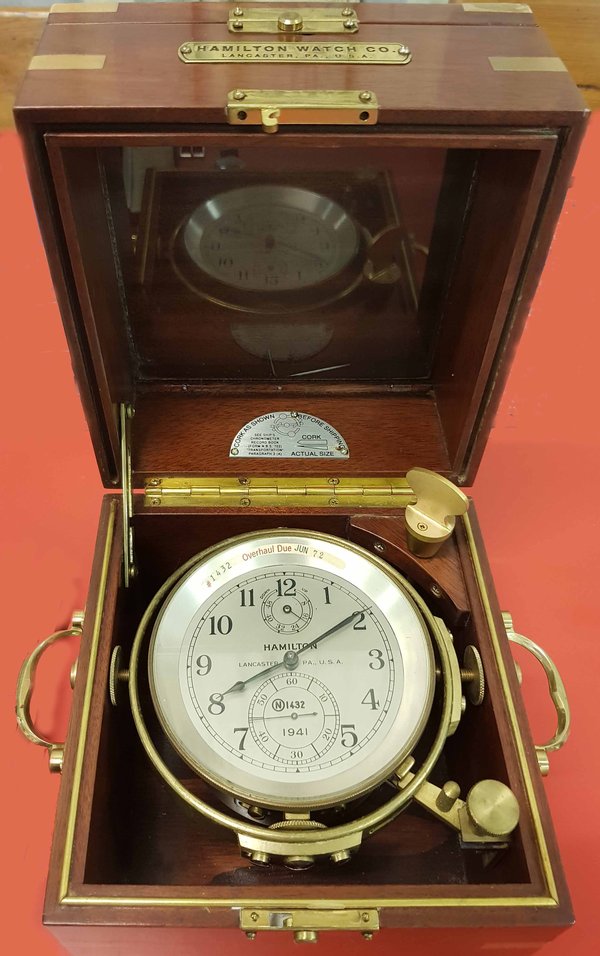

Some interesting websites with information on these topics were suggested:
A closer look at British Military ATP Watches https://curatedclassics.medium.com/a-closer-look-at-the-british-military-atp-watches-4e0a580c3f6d
Northern Section AGM (January 2023)
The business of the AGM filled the evening meeting.
